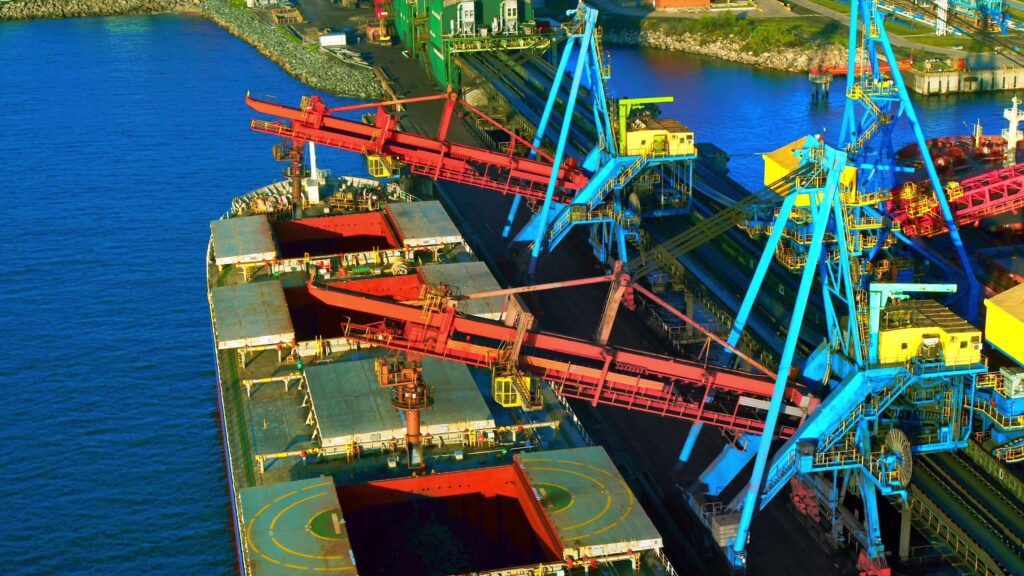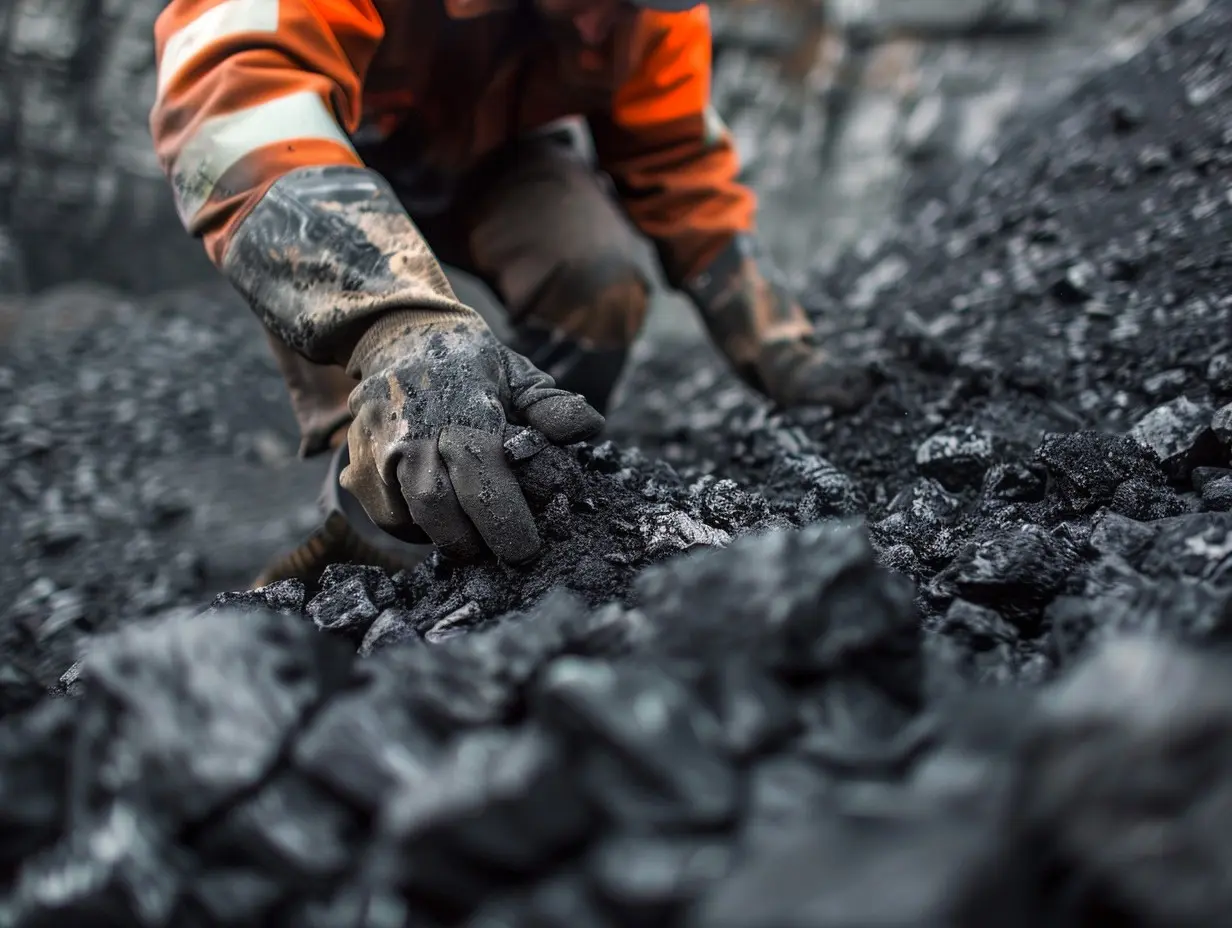

Last week thermal coal indices on the European market kept declining to the level of 110-112 USD/t. Pressure on quotations persists on the back of forecasts of milder weather until January next year, supply growth, as well as falling gas prices. Electricity consumption in Germany plunged to its lowest since 1990, reflecting reduced economic activity and warming temperatures.
Gas quotations at the TTF hub dropped to 383 USD/1,000 m3 (-15 USD/1,000 m3 w-o-w) caused by stable supplies from Norway. EU representatives agreed to extend the gas price ceiling for another 12 months until January 2025.
Coal stocks at ARA terminals stayed flat at 6.4 mio t. Stockpiles are expected to increase by 2% next week.
South African High-CV 6,000 slipped to 96-98 USD/t, while paper contracts marginally strengthened. Despite logistical constraints, coal quotes consolidated below 100 USD/t level and continue to move down on weaker demand in Europe and India.
The IEA forecasts South African thermal coal exports to rise 3% to 70 mio t by 2023, driven by shipments via alternative ports, as logistical issues remain on the rail line to RBCT. The agency sees exports falling to 57 mio t by 2026.
In China, spot prices for 5,500 NAR coal at the port of Qinhuangdao strengthened to 134 USD/t as temperatures dropped significantly and heavy rainfall slowed deliveries through the entire supply chain. An additional important factor was a strong increase in consumption by power plants, as well as a reduction in inventories at thermal power plants and ports. In addition, adverse weather conditions caused some ports in northern China to shut down, resulting in queues of more than 200 vessels.
China Energy, the country’s largest coal company, warned of a possible coal shortage of 0.8-1.0 billion t, that could occur between 2035 and 2040 unless authorities substantially scale up permits to boost mining capacity next year.
Qinhuangdao port stockpiles rose to 6.7 mio t, while the combined stockpiles at the 9 major ports decreased to 28.4 mio t (+0.4 mio t and -0.5 mio t respectively w-o-w).
Indonesian 5,900 GAR gained 1 USD/t to 92 USD/t. Some Indonesian coal producers are limiting spot supply, fearing the impact of a new government initiative to establish a fund for compensating (at exporters’ expense) the losses of companies that supply coal to the domestic market within the price threshold. Market participants note that the financial situation of suppliers may deteriorate, negatively affecting spot supply in early 2024. The indices were also slightly supported by the restriction of shipments in South Kalimantan as a result of sea level rise.
Australian High-CV 6,000 dropped by more than 10 USD/t to below 150 USD/t, after rallying strongly a week earlier, as concerns of supply disruptions eased. On December 16, railway traffic was restored on the Ulan railway line, heading to the port of Newcastle in the state of New South Wales. Given the line has a capacity of 1.4 mio t of coal per week, the 11-day downtime delayed shipments of 2.1 mio t.
Australian HCC metallurgical coal prices corrected down to 320 USD/t as fears of supply constraints faded.
Moreover, some steel mills in the Asia-Pacific are trying to partially substitute Australian material with cheaper grades to cut costs.
Source: CAA








